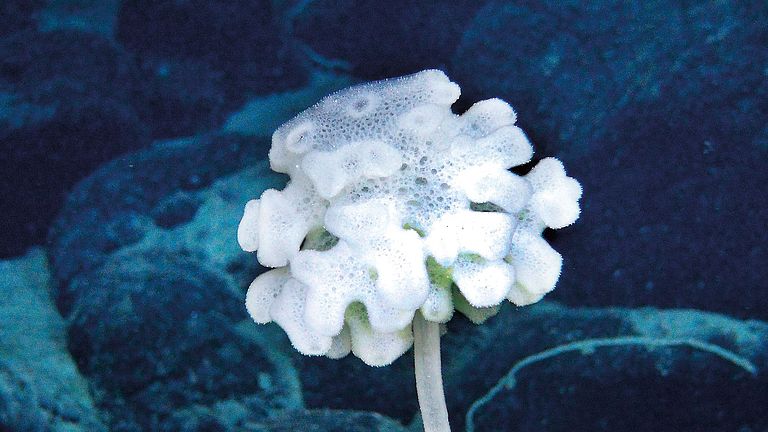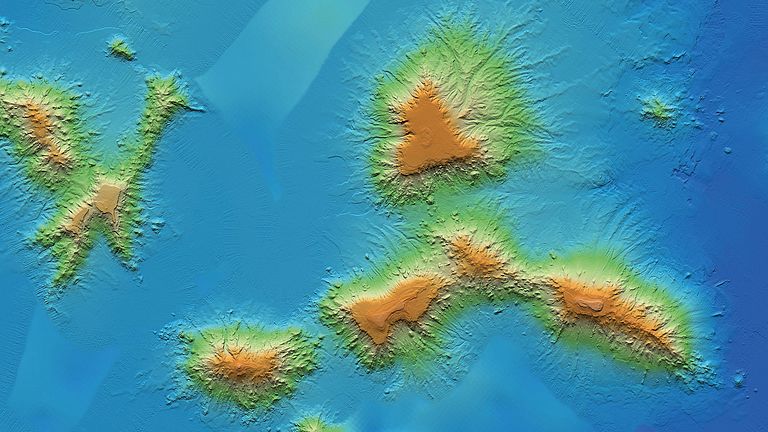GEOMAR Helmholtz Centre for Ocean Research Kiel
Communication and Media
Fon 0431 600-2807
Mail media(at)geomar.de
Biodiversity at Seamounts
Underwater seamounts provide habitats for numerous organisms in the deep sea. Diverse ecosystems, which are scientifically mostly not understood, exist at these oases of the oceans. The species composition at seamounts differs considerably from ocean to ocean. The images shown here show some organisms at seamounts in the Clarion-Clipperton-Zone in the Central Pacific.
The large biodiversity at seamounts is due to the special current situation: On the one hand, nutrients are retained by circulating currents near the top of the seamounts, on the other hand, nutrient-rich water is additionally carried up from greater depths by the currents surrounding the seamounts, which leads to increased plankton growth.
Cobalt-rich Crusts – Ore Treasure on the Slope of Seamounts
Volcanic activity on the seafloor has caused seamounts to grow in height over millions of years. Seamounts occur in all seas and reach a height of 1,000 to 4,000 meters. About 33,000 seamounts exist in all oceans - probably. This is because ocean floors are not mapped nearly as accurately as continents. The number is based on extrapolations of previously known structures. So there are still many chances for new discoveries.
They often form rock-hard, metal-bearing coatings known to experts as cobalt-rich iron-manganese crusts, or cobalt crusts for short. The cobalt crusts on the sediment-free flanks of seamounts are formed in a similar way to manganese nodules, in that metal compounds in the water are deposited on the rock over millions of years. As with the manganese nodules, this deposition proceeds extremely slowly: The crusts grow 1 to 5 millimeters per million years, which is even slower than the manganese nodules. more ...











